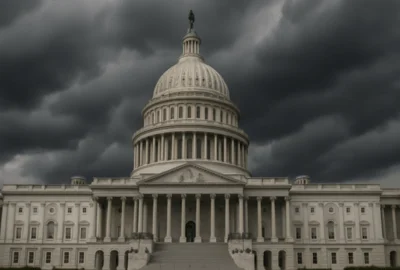Nearly 95% of samples collected from 206 locations over 40 years show uranium concentrations less than the U.S. Environmental Protection Agency Maximum Contaminant Level for drinking water, according to a new U.S. Geological Survey report.
The establishment of baseline groundwater quality is an important first step in monitoring for change in water chemistry throughout mining lifecycles and beyond to ensure the health of these critical groundwater resources.
“Our ongoing groundwater monitoring efforts provide information to make sure this critical resource in the American Southwest meets EPA standards and is available,” said Fred Tillman, USGS research hydrologist. “Many local communities, including the Havasupai and Hualapai Nations and Grand Canyon National Park depend on it for all their water needs.”
Some of the highest-grade uranium ore in the United States is found in the Grand Canyon region. In 2012, approximately one million acres of federal land in the Grand Canyon watershed were withdrawn from new mining claims for a period of 20 years, in part, to gather additional information about what effects mining may have on the cultural, biological and water resources in the area.
Since 2014, the USGS has investigated possible effects from uranium mining on groundwater resources in the region. Researchers looked at 573 water samples that were collected from 180 springs and 26 wells between September 1981 and October 2020. Of the over 200 groundwater locations sampled, 195 of them had observed uranium concentrations below the federal maximum drinking water standard.
The highest uranium concentrations were observed at springs downslope from the abandoned Orphan Mine within Grand Canyon National Park. Ongoing studies are looking at the potential link between the mine and its possible effects on the water chemistry at the springs.
The Grand Canyon in northern Arizona is an iconic area of the American Southwest. It is considered a sacred home for many Native Americans. A globally popular tourist destination, it receives over 6 million visitors each year. Most communities in the area depend entirely on groundwater for all their water uses. Therefore, it’s vital to monitor groundwater quality in the region so that people can respond swiftly if there are any negative impacts observed.
The article "An assessment of uranium in groundwater in the Grand Canyon region" is published in the Nature journal Scientific Reports.
For information on uranium concentrations in groundwater at all Grand Canyon Region sites, visit this interactive mapping tool.





